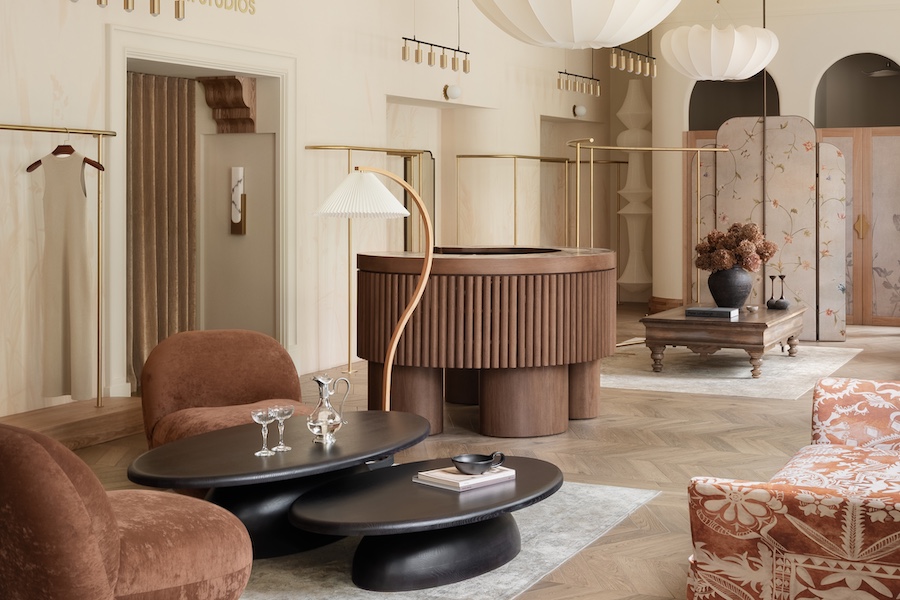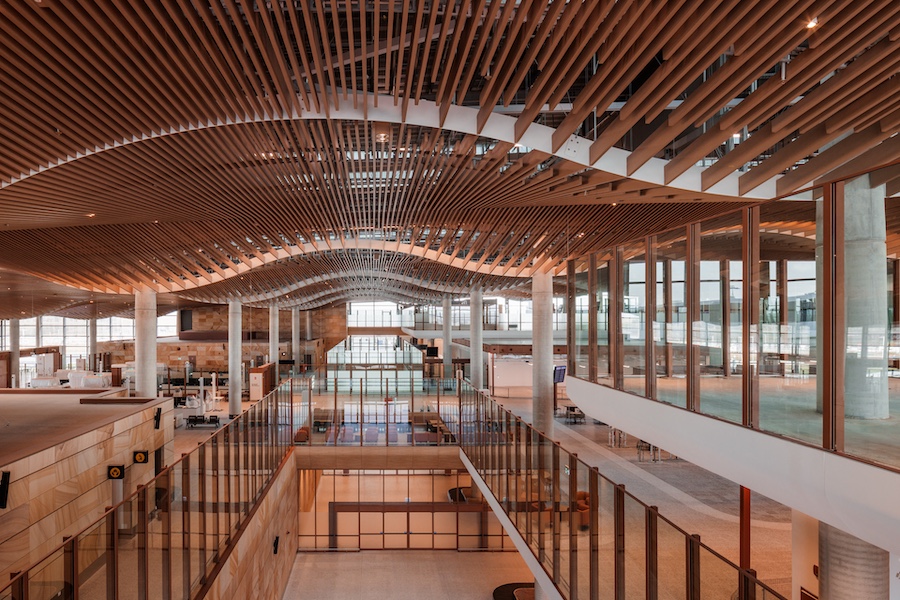The iconic Grand Palais des Champs-Élysées will reopen in time for the Paris 2024 Summer Olympic Games.
Following a three-year renovation led by French firm Chatillon Architectes, the first phase of the landmark’s transformation will be unveiled to the public this summer, with its full completion slated for 2025.
Renovating the Grand Palais
 Built by the French Republic for the 1900 Universal Exhibition, the Grand Palais has become one of the most timeless monuments in Paris. For the building’s first major renovation, the architecture team drew on thousands of archival plans and documents.
Built by the French Republic for the 1900 Universal Exhibition, the Grand Palais has become one of the most timeless monuments in Paris. For the building’s first major renovation, the architecture team drew on thousands of archival plans and documents.
“The opportunity to redevelop an icon is amazing, but the Grand Palais feels like so much more,” says François Chatillon, founder of Chatillon Architectes. “It’s the opportunity to return a permanent public use to the building, to redevelop the surrounding grounds, to connect the building back with the city, and to adapt it for the Olympics and future generations—this is truly a once in a lifetime project.”
Increased accessibility and capacity
The project increases the Grand Palais’ accessibility and capacity (it will now be able to accommodate 60 percent more guests). Connections were added between the building’s three main areas, along with improved circulation and new visitor services, which will allow guests to rediscover its historical features.
Balconies around the entrance, featuring some of the earliest recorded cantilevers, have also been reinforced and restored.
The renovation also included the removal of ad hoc walls and separations that had been installed over time. This reinstates the building’s original central axis—reconnecting the main nave with Palais de la Découverte—and restores a view from the rotunda that has not been seen since 1939.
New gardens surrounding Grand Palais
The public gardens surrounding Grand Palais take cues from the nearby Champs-Élysées gardens with curved beds and paths, lawns, and diverse fauna consisting of 60,000 plants with 250 species.
Newly planted lawns will be irrigated by rainwater collected from the building’s roofs and many of the new plants were selected from the wild palette of the Paris basin to support pollination and local biodiversity.


More from HD:
How Hospitality Companies Can Shrink Their Carbon Footprint
AvroKO Designs the Jay Hotel in San Francisco
Former NFL Player Michael Bennett Tackles Furniture



